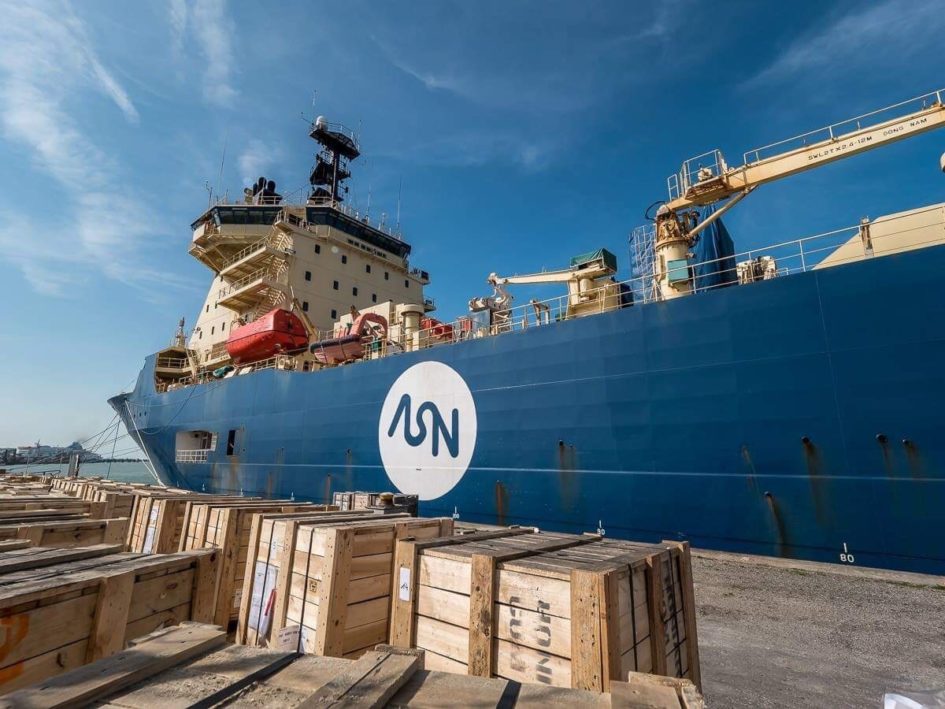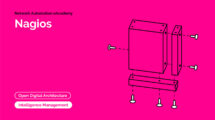Tom Fryer, Head of International Relations at GÉANT, visited the Alcatel Submarine Networks (ASN) factories, where the EllaLink submarine cable will be manufactured. Tom shared with CONNECT his impressions of the visit.
January 2019 saw the start of the construction process of the EllaLink submarine cable system that will carry research and education data between Europe and Latin America for the next quarter of a century, as a result of the BELLA Programme. To mark this significant milestone, the BELLA team was invited, along with other anchor tenants and stakeholders of the EllaLink system, to visit the factories where the equipment and cable will be manufactured, and to tour one of the ships that lays submarine cables. I was joined by two BELLA pioneers, Fernando Liello of GARR (Italy) and Michael Stanton of RNP (Brazil), GÉANT’s Head of Procurement, Paul Rouse, the Executive Director of RedCLARA, Luis Eliécer Cadenas, and João Nuno Ferreira, President of FCCN (Portugal). The DG CNECT Project Officer for BELLA, Enrique Gómez, also joined the tour. As we have all been working on BELLA for a number of years we did not want to miss out on this opportunity.
The first stop was an equipment factory in Greenwich, UK, where the submerged repeaters and electrical power feed equipment for the system are manufactured. We started with a presentation on the construction process and the milestones that will mark progress, followed by a guided tour of the factory floor. The equipment used must be built to manage pressure levels corresponding to water depths of up to 8,000–9,000 metres for 25 years! Equally, the pressure at the bottom of the ocean (for EllaLink, the maximum depth will be about 5,000 metres), presents a risk of hydrogen seeping through the seals into the equipment. This is managed by adding a catalyst that causes the hydrogen to combine with oxygen in the equipment to form water. Water cannot be allowed in the equipment, however, so an absorbent is used to mop it up. The second leg of the visit took us to Calais, France, where the cable is manufactured. During our visit we were able to witness the cable loading process onto a ship dock. In the factory, pairs of fibre that are the heart of the cable are encased in the layers of protection (depending on the depth of deployment and the likelihood of external aggression), as well as the copper tube that carries electricity down the cable to power the repeaters. Once made, the cable is stored in massive drums until the ship is ready for loading. Most of the process is automated, but one manual element has remained unchanged for 150 years: the loading of the cable into the cylindrical cable tanks on board the ship.
To read the full article go to page 62 of issue #32 CONNECT magazine.
For more information about BELLA, visit www.bella-programme.eu and follow on Twitter: @BELLA_Programme.








Add Comment